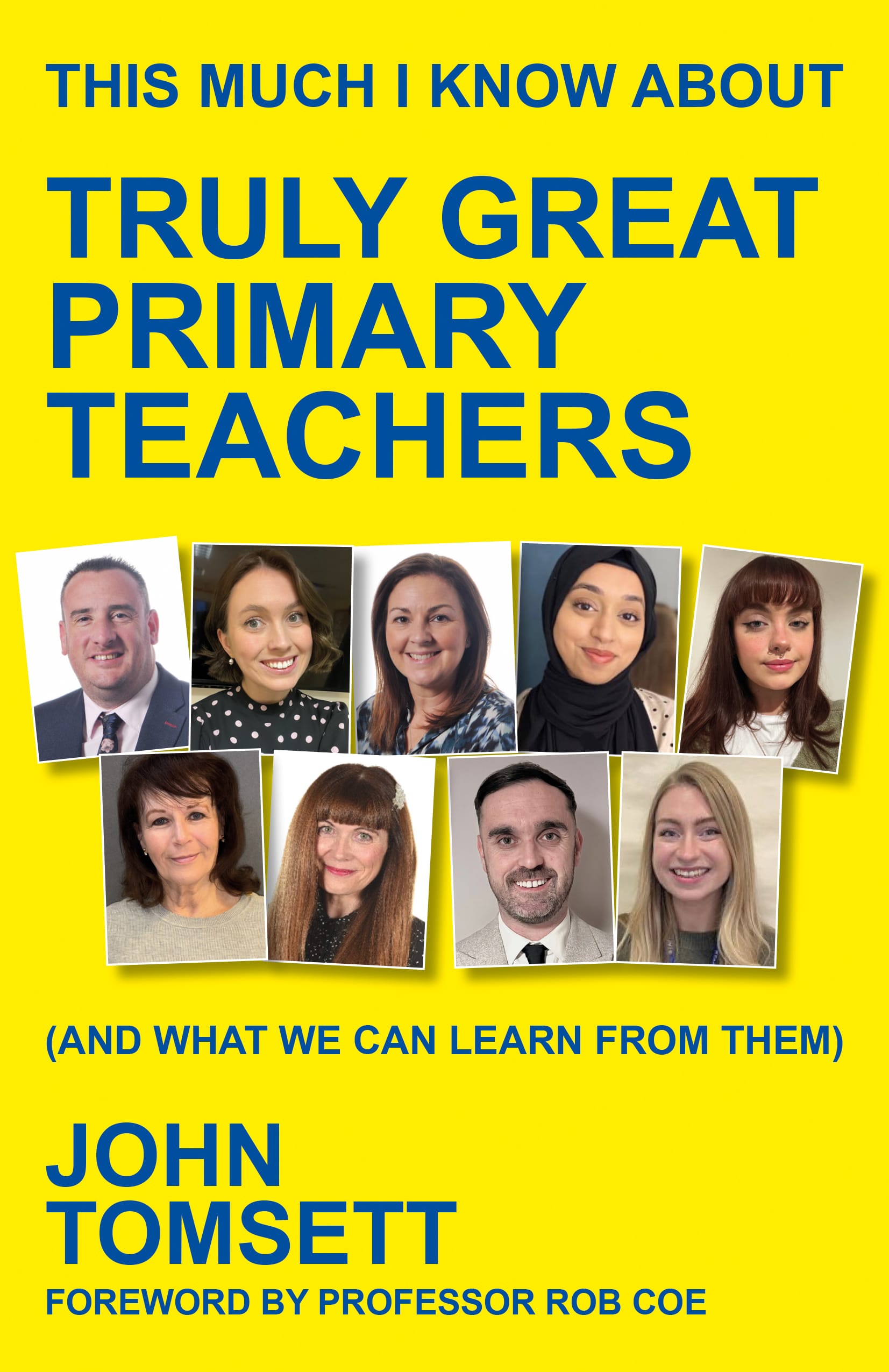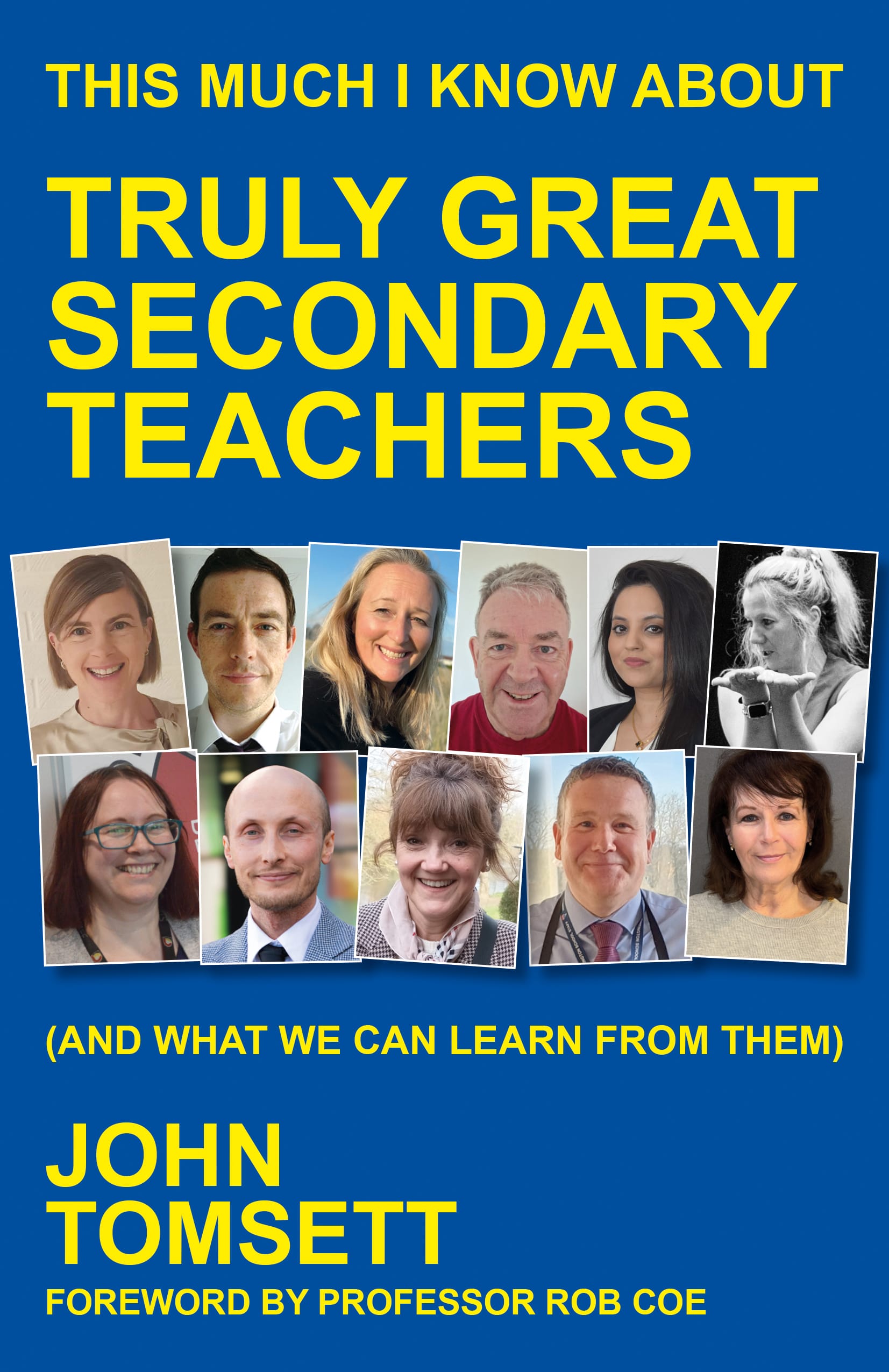
I stepped down from headship in July 2021, nearly four years ago. In my role as an educational consultant, my currency has inevitably and inexorably waned since then. And yet, I have become better at some things than when I was a headteacher. I would argue that I now watch teachers teach and pupils learn with a much sharper eye. I am no longer blinded by what Professor Rob Coe calls poor proxies for learning.
Now, learning is invisible, but there are things that a teacher does which have educational research evidence to support their efficacy. In 1971, a certain Barak Rosenshine, supported by Barbara Furst, conducted a meta-analysis of the existing evidence and identified eleven teacher behaviours that led to improved student achievement:
- Clarity
- Variability
- Enthusiasm
- Task-oriented and/or Business-like Behaviour
- Student Opportunity to Learn Criterion Material
- Use of Student Ideas and General Indirectness
- Criticism
- Use of Structuring Comments
- Types of Questions
- Probing
- Level of Difficulty of Instruction
I found a dog-eared copy of Rosenshine’s book in the University of York library. It helped me contextualise my latest work. Rosenshine suggested that the eleven behaviours merited further research. Whilst I would never claim it was research, I spent the last three months of 2024 visiting 19 teachers, in situ, who I knew were pretty damned good, based upon my knowledge of them or recommendations by school leaders I respected. I spoke to their headteachers, watched them teach, chatted with their pupils, collated testimonials and interviewed them. I wrote up the narrative of each visit and, 177,000 words later, produced two books, one for primary and one for secondary, entitled This Much I Know About Truly Great Primary/Secondary Teachers (and what we can learn from them).
Rob Coe kindly wrote the introductions, and in the conclusions, I use Rosenshine’s 1971 meta-analysis to identify the common behaviours and attitudes of the 19 teachers that lead, without exception, to their pupils making extraordinary progress; for instance, one teacher’s pupils have averaged a Progress 8 score of +2.8 grades at GCSE over the last decade.
Beyond their shared behaviours and attitudes, one of the most striking things about these 19 teachers and their pupils was that they were all enjoying themselves. If we are going to improve pupil attendance rates and solve the recruitment crisis, we have to create conditions in our schools where classrooms are devoid of fear, places where it is enjoyable to teach and to learn.
The whole project has left me in awe. Providing a high-quality education for every child in our country is an amazingly ambitious endeavour. I marvel at the whole enterprise. It depends upon dedicated professionals – like the teachers featured in these books – in the corners of our schools, in villages, towns and cities across the land, maintaining high standards, giving their all for our children, day-in, day-out, when no-one is looking. The whole thing is selfless heroism, personified.
This Much I Know About Truly Great Primary Teachers (and what we can learn from them) and This Much I Know About Truly Great Secondary Teachers (and what we can learn from them) will be published in July 2025. For details of how to pre-order, you can click on the links and visit the Crown House Publishing website.

References
Rosenshine, B. (1971). Teaching Behaviours and Student Achievement, no. 1. (IEA studies), National Foundation for Educational Research, 1 November 1971.